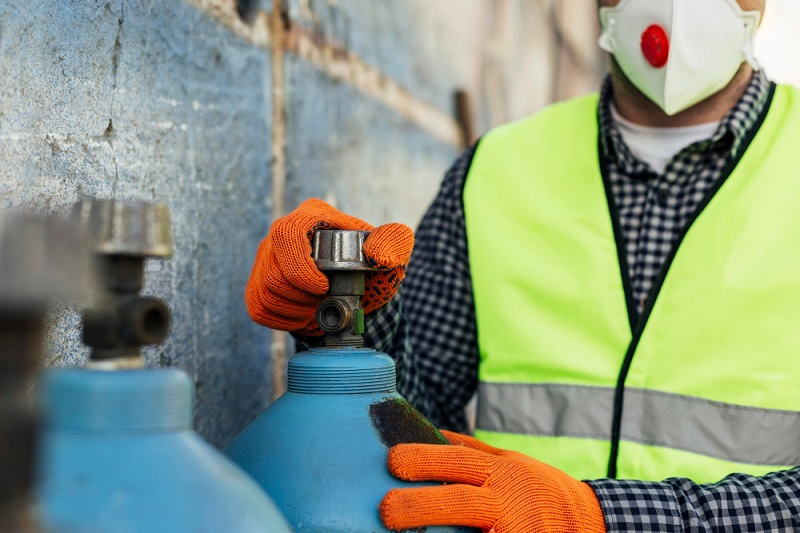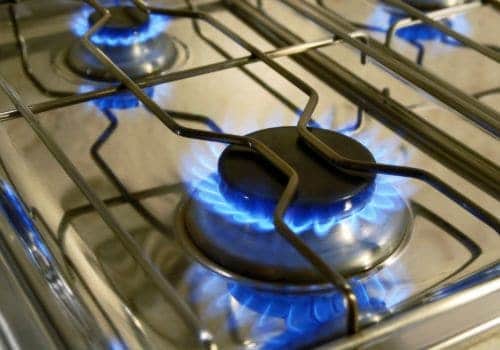Expert Gas Installer Techniques for Seamless and Reliable System Combination
Discovering the intricacies of professional gas setup, one have to appreciate the precision and proficiency needed for smooth system assimilation. At the core of this process lies precise preparation and website examination, basic in tailoring installations to certain settings. Employing sophisticated modern technologies such as electronic manometers and thermal imaging cameras enhances both accuracy and effectiveness. These tools, integrated with stringent adherence to security requirements, guarantee detailed system testing and ideal efficiency. What really identifies experts in this area is their commitment to continuous education and learning and detailed paperwork, a practice that unveils the following important steps in ensuring integrity - gas installer.
Accuracy Planning
In the world of gas setup, accuracy planning is extremely important to guaranteeing both safety and security and effectiveness. The intricacy of gas systems demands careful attention to information from the start. An extensive strategy begins with a thorough site analysis, identifying prospective threats and understanding the certain requirements of each atmosphere. This first assessment establishes the phase for the development of a tactical strategy that straightens with industry requirements and regulative conformity.

Collaborating with other experts, such as engineers and engineers, is critical to integrating the gas installment seamlessly within the wider building and construction framework. This cooperation guarantees that all elements of the installment are synchronized, decreasing threats and boosting general performance. Accuracy planning in gas installment is not just a procedural action; it is the foundation upon which risk-free, reliable, and efficient gas systems are constructed.
Advanced Devices and Technology
Structure upon the structure of accuracy preparation, the integration of sophisticated tools and modern technology boosts the standards of gas installation even more. Contemporary gas installers take advantage of innovative tools that boosts accuracy and efficiency, guaranteeing seamless and reputable system assimilation. Instruments such as electronic manometers give specific stress analyses, essential for calibrating gas systems to optimal performance levels. Additionally, thermal imaging cameras are employed to spot leaks and ensure system integrity, facilitating proactive upkeep and reducing the likelihood of functional disturbances.
The introduction of smart technology has actually additionally transformed gas installations. gas installer. Smart meters and IoT-enabled tools permit real-time monitoring and remote diagnostics, granting installers the capacity to expect issues before they materialize into bigger problems. This aggressive technique not only maximizes system performance but additionally extends the life-span of the setups
Furthermore, progressed software application solutions aid in precise preparation and execution. CAD software program aids in designing complicated gas systems, Source guaranteeing spatial performance and compliance with layout specifications. These electronic tools, when combined with experienced workmanship, contribute dramatically to the precision and integrity of gas installations, symbolizing the future of the industry where innovation and competence merge.
Security Requirements Compliance
Following rigorous security criteria is paramount in the field of gas installment, where even minor oversights can have substantial consequences. Compliance with well-known safety procedures ensures the defense of both installers and end-users, mitigating risks such as gas leaks, surges, or carbon monoxide poisoning. Specialist gas installers must stay vigilant, regularly updating their understanding of sector regulations, including local, national, and worldwide codes.
The core of security requirements conformity exists in thorough preparation and execution. Installers are in charge of conducting extensive threat analyses prior to starting any kind of task, recognizing possible threats and applying control actions. This entails recognizing the homes of different gases, the appropriate use materials, and guaranteeing all components meet certified safety and security standards.
Furthermore, recurring education and learning and certification are crucial for keeping high standards. Installers need to get involved in training programs and workshops, concentrating on existing security innovations and regulative changes. Such dedication to professional growth not only boosts their skillset but additionally reinforces the market's reputation for integrity and safety.

Reliable System Testing
Reliable system testing is crucial in making certain the ideal performance and safety of gas installments. Making use of sophisticated equipment and strategies, specialists can precisely determine the system's capability to hold up against operational needs.

Capability analysis encompasses the see this evaluation of all system elements to ascertain their appropriate installation and operation. Reliable system screening not just guarantees safety and security but likewise boosts customer self-confidence in the honesty of the installation.
Troubleshooting and Upkeep
Troubleshooting and maintenance stand for the foundation of sustaining gas setups' capability and safety in time. Executing regular assessments enables installers to recognize potential issues before they intensify, making certain continued operational effectiveness and safety and security. An organized approach to fixing includes understanding system schematics and using analysis devices to separate problems precisely. Utilizing a systematic procedure, such as checking pressure levels, checking links, and validating control setups, makes it possible for specialists to pinpoint malfunctions quickly.
Preventive upkeep is similarly necessary, concentrating on regular checks and maintenance to prolong the lifespan of the gas system. Crucial tasks consist of cleaning up burners, checking out vents for blockages, and examining seals for wear. These methods help avert pricey fixings and improve the system's dependability. Maintaining comprehensive documents of upkeep tasks is also essential, as it enables tracking historic data, which can be indispensable for future troubleshooting sessions.
In addition, remaining updated with improvements in technology and sector policies ensures that upkeep practices are lined up with contemporary requirements. This positive position not only assures compliance yet also maximizes the performance of gas installments. Consequently, a robust troubleshooting and upkeep regime is crucial for experts committed to delivering smooth and reliable system combination.
Verdict
The integration of gas systems requires accuracy preparation, advanced devices, and stringent adherence to safety and security standards. By utilizing digital manometers and thermal imaging cameras, professionals improve the precision and performance of installations. Rigorous system testing, consisting of pressure and leakage detection, ensures ideal performance and dependability. Recurring education and learning and thorough documentation more support responsibility and security. These detailed methods jointly facilitate seamless system integration, underscoring the importance of expertise and precision in maintaining high standards of safety and reliability.